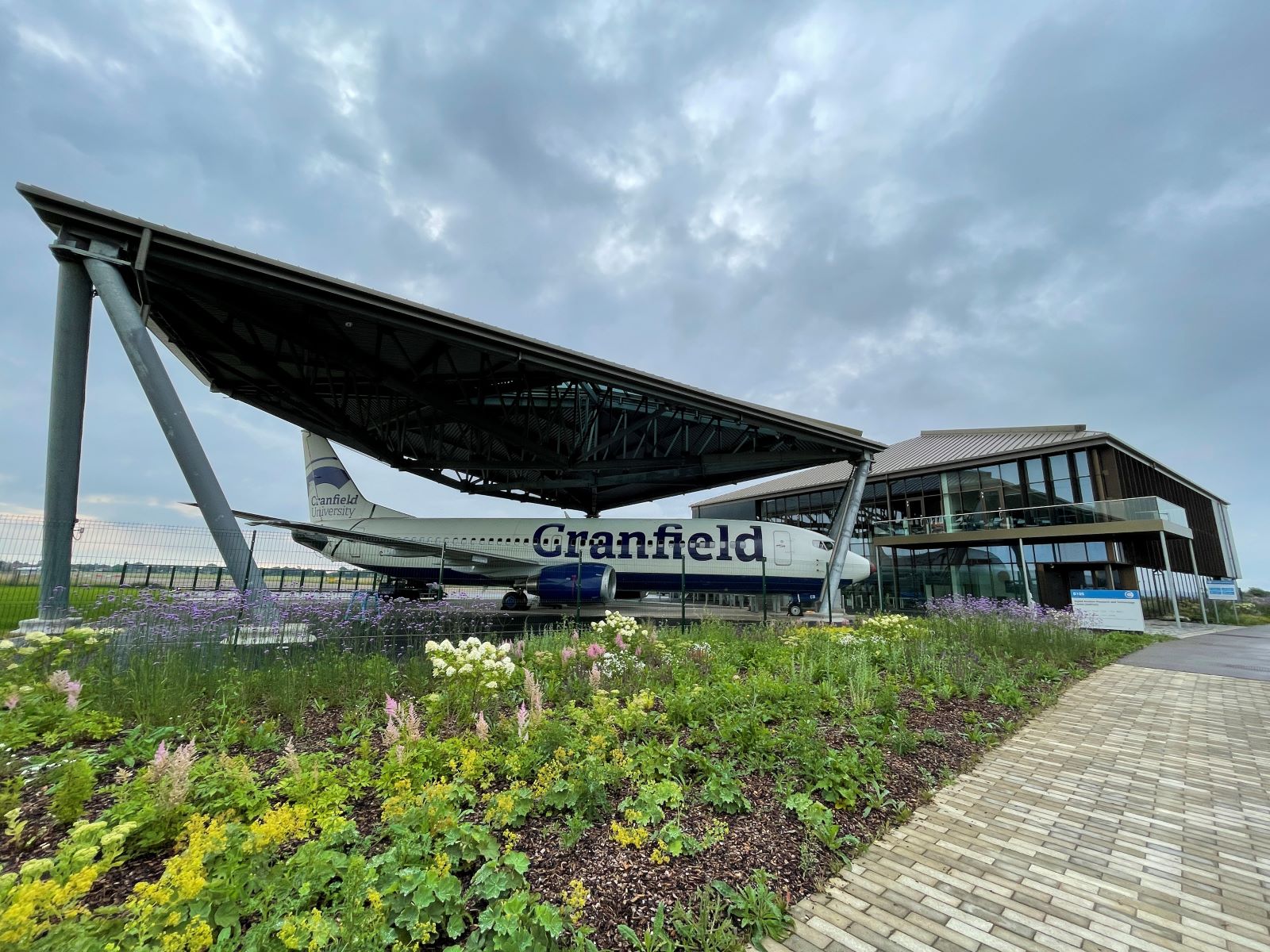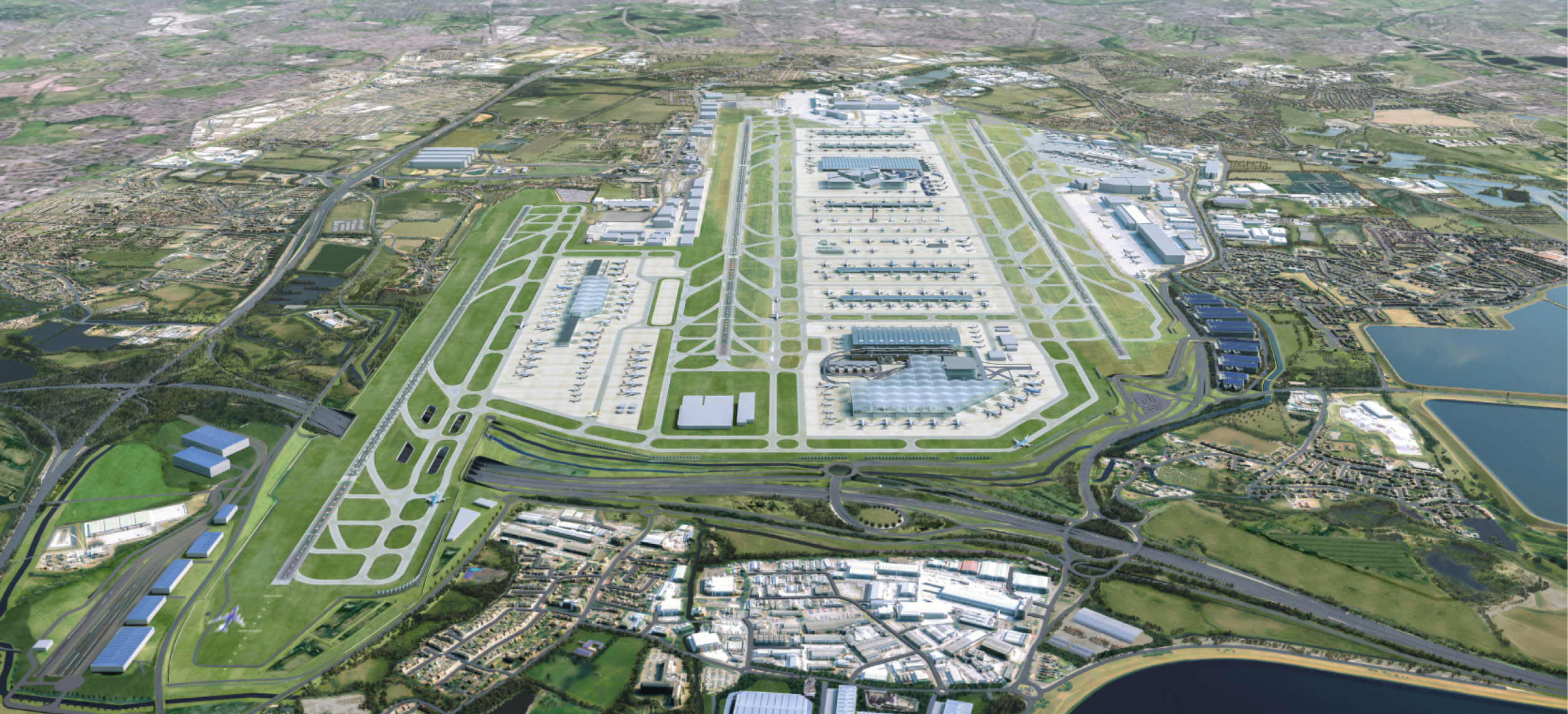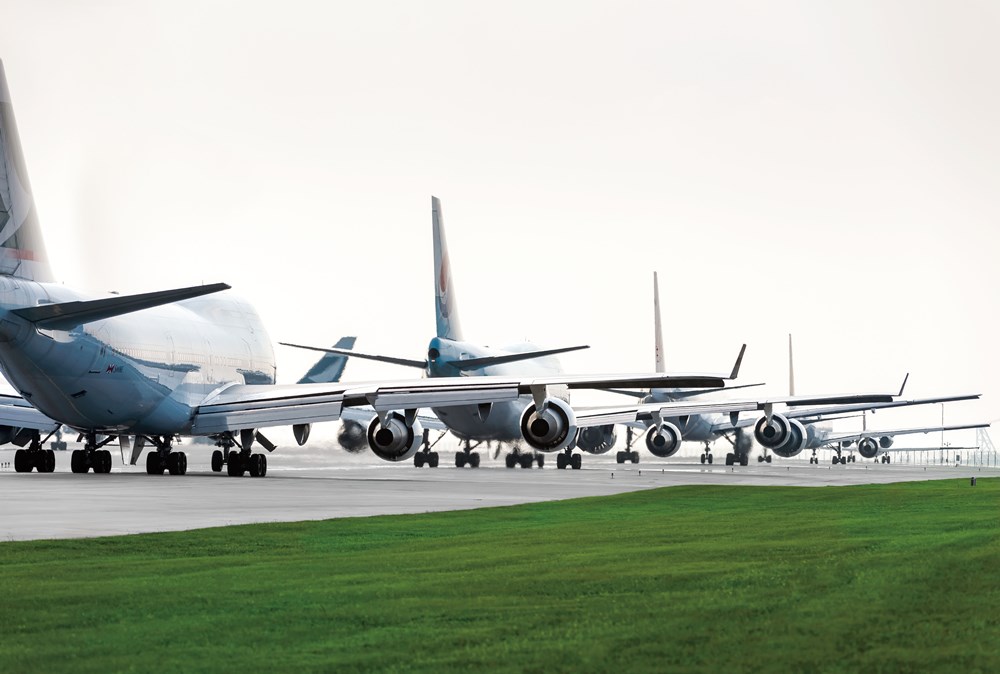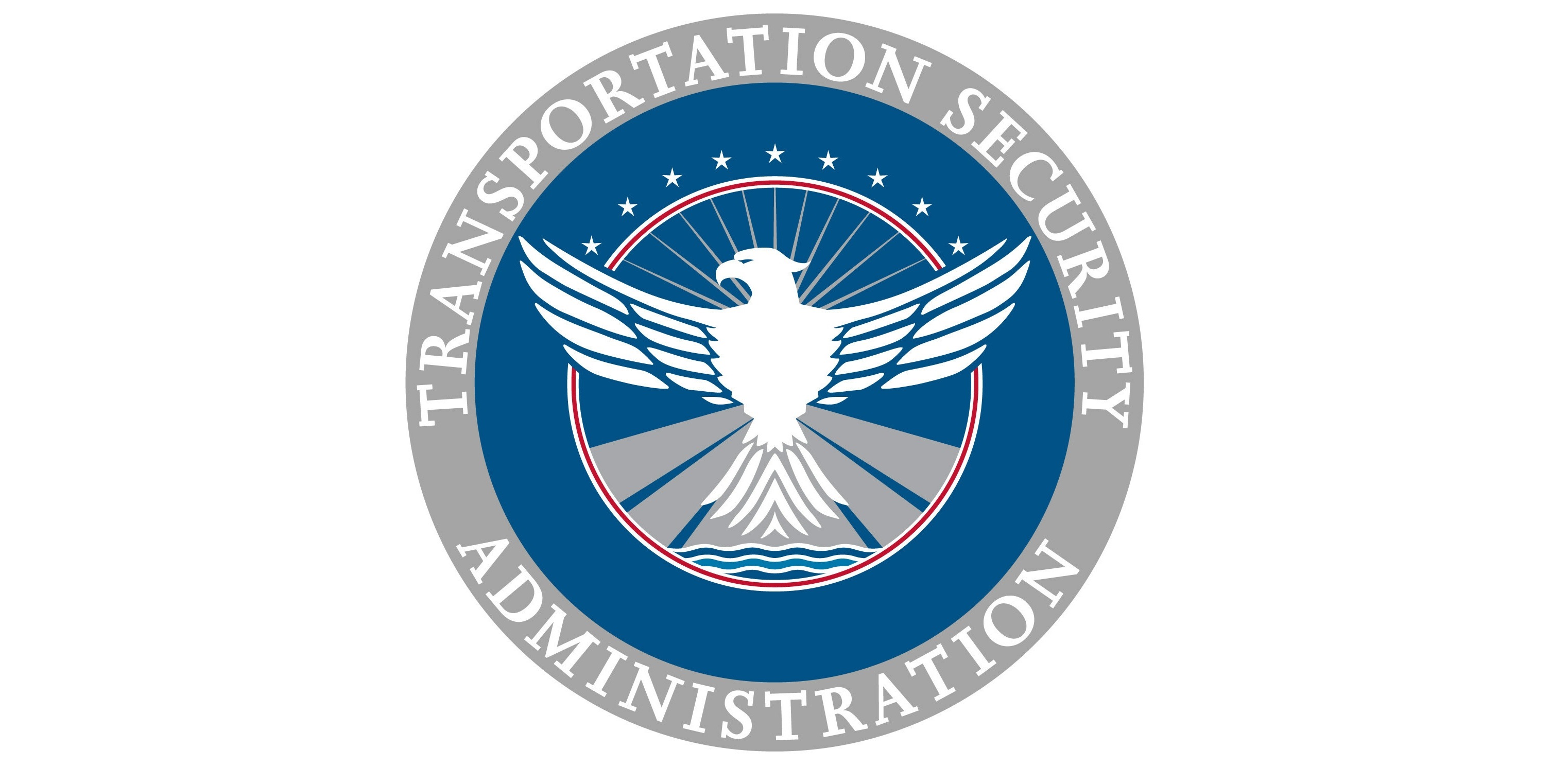Zero emissions air travel in UK possible within 20 years

Above:
The Digital Aviation Research and Technology Centre (DARTeC) at Cranfield University.
Courtesy Cranfield University
Researchers in the Centre for Air Transport Management and the Safety and Accident Investigation Centre at Cranfield worked with major aerospace manufacturers, UK airports and academic institutions on Project NAPKIN (New Aviation Propulsion Knowledge Innovation Network) as part of UK Research and Innovation’s Future Flight Challenge.
The research is the most comprehensive study to date on the potential for a carbon-free future for UK domestic aviation by 2040, revealing how hydrogen-fuelled aircraft could revolutionise the future of flight. To help achieve this, the consortium recommends a wide-ranging industry review of how aviation fits into the national hydrogen strategy.
Countries like Germany and France are already investing heavily in large scale hydrogen projects but, given the rich history, scale of market, industrial capability, and culture of innovation, it is commercial aviation where the UK can become a world leader.
Dr Thomas Budd, Senior Lecturer in Airport Planning and Management at Cranfield University said: “Aviation is not the UK’s only industry considered hard to decarbonise which is seeking to develop a zero emissions future founded on hydrogen. To make zero emissions air travel a reality, it is essential that industry, academia, and government work productively to review aviation’s place within the broader UK hydrogen strategy. Excitingly, research as part of NAPKIN has shown that this future may be sooner than many may have originally thought.”
First hydrogen-powered flights by 2026
The first hydrogen-powered commercial flights on small (seven-19 seat) modified aircraft, such as those in development by a partner on the project, Cranfield Aerospace Solutions, could be introduced as soon as 2026. These small-scale hydrogen-powered planes could be used to provide vital connections between the UK mainland and island communities.
By the end of the next decade, newly designed hydrogen aircraft carrying between 40 and 90 passengers could be deployed across the UK’s domestic route network and into Europe, with ranges of up to 2,600 kilometres, around the distance from London to Istanbul, for example.
Operational costs, supply and demand
Cranfield produced a Technical Report looking at the Ownership and Operating Cost Model as part of the project.
Modelling showed that with cautious forecasts of future hydrogen prices and maintenance/repair costs, the finances associated with operating hydrogen aircraft could be competitive with comparable kerosene-fuelled aircraft.
Additional modelling undertaken at Cranfield forecast that by 2040 the UK aviation sector may require as much as 300,000 tonnes of ‘green hydrogen’, generated from renewable sources, which will increase further as more airlines switch to zero emission aircraft.
This greatly surpasses current green hydrogen production in the UK, and does not account for the increased demand from other sectors that will likely occur over the same period.
Airport investment
Given the relatively small demand for hydrogen in the short term, it is unlikely that airports will need to invest heavily on intrusive new delivery and storage infrastructure until demand increases significantly, likely to be from 2035 onwards.
Initially, delivery and storage of hydrogen by road tanker is likely to suffice, but then larger airports will need to have in place the necessary on-site infrastructure to handle large quantities of liquid hydrogen, with an annual 68% increase in demand for green hydrogen anticipated.
Hervé Morvan, Global Chief of Hydrogen Technology at Rolls-Royce, said: “Project NAPKIN has outlined some of the conditions under which a hydrogen-fuelled regional aviation future could materialise in the UK, supported by sufficient hydrogen availability across the UK geography.
“Further work is needed to scale this analysis up to larger aircraft, but this study provides a robust analytical methodology and a first good indication for what it takes for hydrogen to come true in aviation, beyond the aerospace technology drive.”
Matt Prescott, Head of Carbon Strategy at Heathrow Airport, said: “Project NAPKIN marks an important step on the way to 'jet zero'. It shows that with the right support and market conditions hydrogen-fuelled aircraft will unlock net zero for regional aviation, complementing sustainable aviation fuels for longer flights.”
The UK aviation consortium behind Project NAPKIN consists of three airports (Heathrow, London City, HIAL), three manufacturers (GKN Aerospace, Rolls-Royce, Cranfield Aerospace Solutions), three academic institutions (UCL, Cranfield and Southampton) supported by Deloitte and three airlines (easyJet, British Airways and Loganair).













